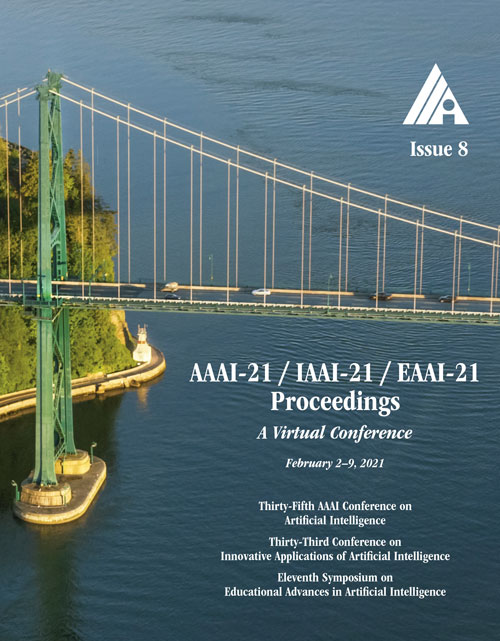eTREE: Learning Tree-structured Embeddings
DOI:
https://doi.org/10.1609/aaai.v35i8.16818Keywords:
Matrix & Tensor Methods, Recommender Systems & Collaborative Filtering, Unsupervised & Self-Supervised Learning, ClusteringAbstract
Matrix factorization (MF) plays an important role in a wide range of machine learning and data mining models. MF is commonly used to obtain item embeddings and feature representations due to its ability to capture correlations and higher-order statistical dependencies across dimensions. In many applications, the categories of items exhibit a hierarchical tree structure. For instance, human diseases can be divided into coarse categories, e.g., bacterial, and viral. These categories can be further divided into finer categories, e.g., viral infections can be respiratory, gastrointestinal, and exanthematous viral diseases. In e-commerce, products, movies, books, etc., are grouped into hierarchical categories, e.g., clothing items are divided by gender, then by type (formal, casual, etc.). While the tree structure and the categories of the different items may be known in some applications, they have to be learned together with the embeddings in many others. In this work, we propose eTREE, a model that incorporates the (usually ignored) tree structure to enhance the quality of the embeddings. We leverage the special uniqueness properties of Nonnegative MF (NMF) to prove identifiability of eTREE. The proposed model not only exploits the tree structure prior, but also learns the hierarchical clustering in an unsupervised data-driven fashion. We derive an efficient algorithmic solution and a scalable implementation of eTREE that exploits parallel computing, computation caching, and warm start strategies. We showcase the effectiveness of eTREE on real data from various application domains: healthcare, recommender systems, and education. We also demonstrate the meaningfulness of the tree obtained from eTREE by means of domain experts interpretation.Downloads
Published
2021-05-18
How to Cite
Almutairi, F. M., Wang, Y., Wang, D., Zhao, E., & Sidiropoulos, N. D. (2021). eTREE: Learning Tree-structured Embeddings. Proceedings of the AAAI Conference on Artificial Intelligence, 35(8), 6609-6617. https://doi.org/10.1609/aaai.v35i8.16818
Issue
Section
AAAI Technical Track on Machine Learning I

